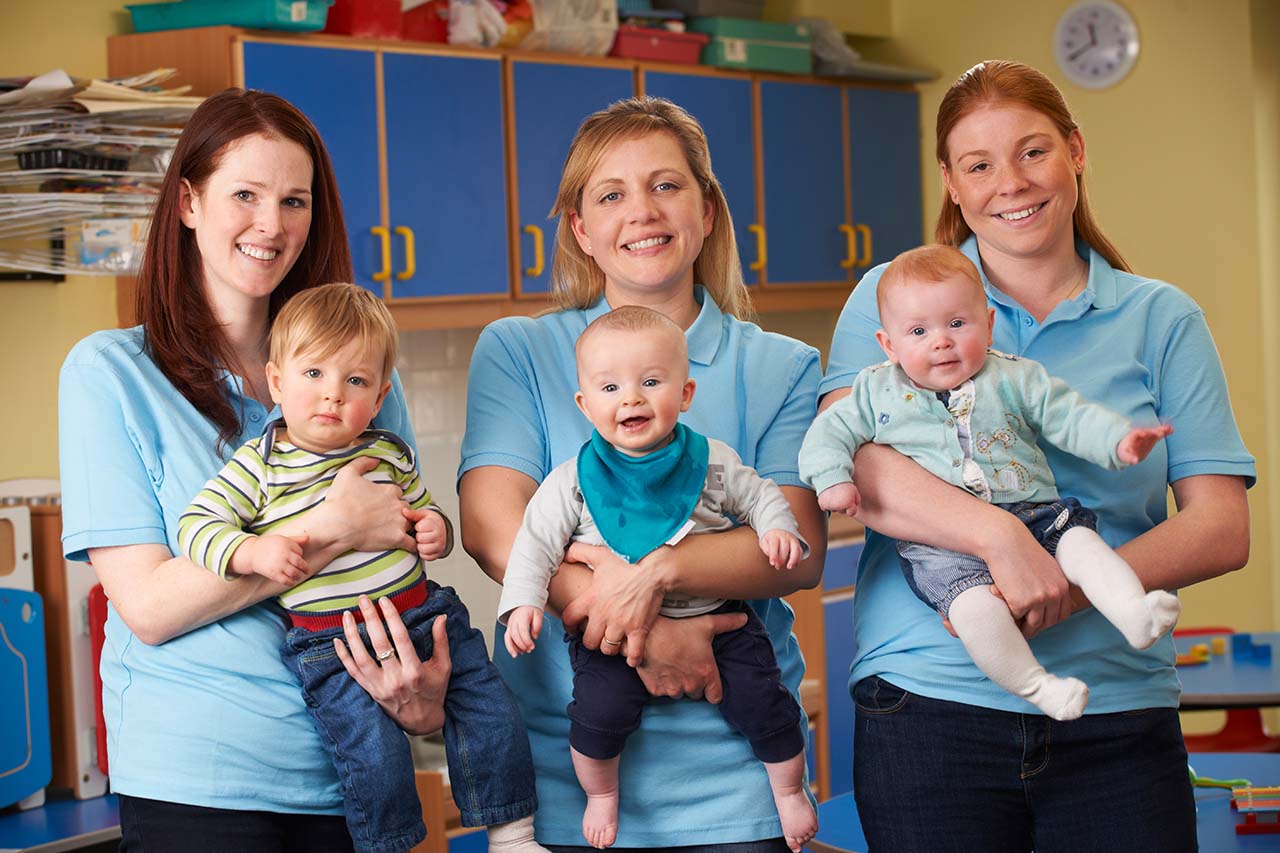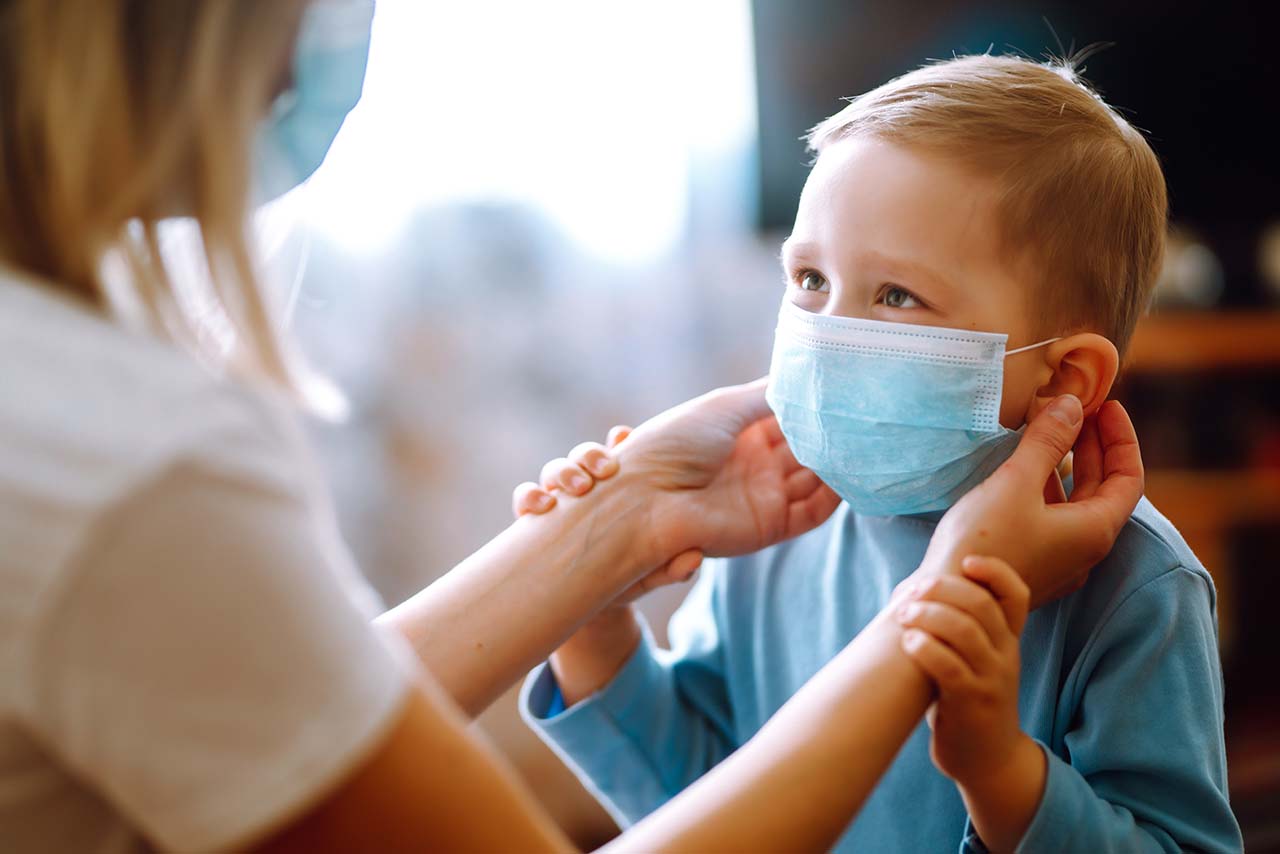
Should My Kid Play Sports?
September 9, 2021
Breast Cancer: Second Most Common Cancer in Women in the USA
October 12, 2021by Susannah Wollman
School is back, and you are back to work. How do you find competent, safe child care for your little ones?

The first five steps
When it comes to finding quality child care, either for little ones too young for school or for school-aged children while you’re still at work after they get out of school, where do you start? We suggest you follow the steps outlined below.
Step one
Ideally, you should start looking for child care well before you need it. If that’s your situation, congratulations! If, however, you are suddenly back in the workforce and you have no one to care for your children when you’re not home, there’s no time like the present to start the search. Whether you want someone to come to your home, you want a day-care solution, or you want to hire a nanny, start right away to research child care opportunities in your area. You can post a listing on care.com to search for someone to be there for your kids after school or for a live-in nanny, review prospects, and interview-based on where you live.

Step two
Research. What are the options in your area? What type of child care provider are you looking for? What are your state’s specific regulations? Texas Department of Human Services has a child care search page that can help you work through these questions.
You can also contact childcare.gov to learn more about the childcare options in your area.

Step three
Visit prospective child care facilities or visit with your prospective care worker. Ask questions! If you don’t know what questions to ask, there is a list of questions available online to help you know what you should be looking for.
Step four
Making a choice is your decision. You are the person who best understands your child’s and your family’s needs and budget.
Step five
Stay involved! Now that the choice has been made, your next step is to build strong relationships with the provider(s) you’ve chosen. Be sure you are exchanging information about your child’s care.
- Schedule regular meetings to discuss your child’s learning and well-being. Ask lots of questions.
- This information should be a two-way street. Let the provider know what’s going on at home.
- Now that you’ve made a schedule for your visits, surprise them with a visit now and then off-schedule.
- When you can, volunteer to help.
- Visit and participate in events in which your child is involved.
- Use time you are with your child to strengthen learning that has already begun.
- Watch carefully for signs your child is under stress and actively seek out the reasons.

What to look for in a childcare facility.
It can be downright scary to drop your child off at a facility, knowing that for a large portion of your child’s waking hours will not be under your supervision. Here are some important things to consider when choosing a facility.
Safe and Secure
Who is allowed to drop off and pick up your child? The facility should have a policy that maintains strict procedures that are detailed and consistent. If the person you have designated to the facility will pick up your child is unable to be there, no one else should be allowed to pick up your child without your express permission via phone call. Use this in emergencies only.
What about an open-door policy? Are families welcome to visit at any point in the day to see their child or have lunch with their children? If not, ask why.
Emergencies and First Aid
Are staff members required to keep certifications up-to-date? Are staff and teachers certified in CPS and first-aid? Are they required to attend regular training sessions to keep their certification for emergencies?
Caretaker or teacher to child ratios
House Bill 3 in Texas mandates the student-to-teacher ratio. You can find the entirety of the HB3 here. We have reproduced their chart for your convenience.
| 2019-2020 Ratio Data | |||
|---|---|---|---|
| Full Day | Half Day (AM) | Half Day (PM) | |
| Student-to-Teacher Ratio | 17.6:1 | 15.9:1 | 17.2:1 |
| Total Students | 158,446 | 58,001 | 49,965 |
| Total Teachers | 9,596 | 3,923 | 3,075 |
| Total Teacher’s Aides | 3,540 | 1,336 | 919 |

Allergies
Some children have food allergies that can be dangerous to them. Be sure that the child care center has solid policies and procedures that manage all food and other allergies. This can be a life-and-death situation for some children, so the center should take this matter very seriously.
- Are teachers and supervisors trained in allergy treatment and reaction prevention?
- How are individual children’s food managed?
- How is food distributed?
- What does the center consider “nut safe”?
- What is the procedure for EpiPens? Who can administer them?
- Is each child’s EpiPen with that child all the time?
- What happens in an emergency?
Illness policy
Young children still have developing immune systems. Healthy habits are taught as well as caught. Even though you follow good health habits at home with your child, at the care facility, teachers need to be teaching good habits consistently.
- Do caregivers practice healthy habits?
- If food is provided for your child, what is considered a healthy meal or snack?
- What is the policy concerning children (or teachers) who get sick during the day?
- What is the policy concerning returning to the center after illness?
- Are children encouraged to wash their hands frequently throughout the day?
- Are tissues readily available and never shared?

Sanitation and cleanliness
Cleanliness may not be next to godliness, but good sanitation certainly goes a long way to prevent illness. Be sure you look at all areas of the center, from classrooms to bathrooms to offices, to hallways. If there is a kitchen, is it spotless? It should be.
- How are toys cleaned and how often?
- Are surfaces cleaned and disinfected only at end of day, or throughout the day as well?
- Is there a professional cleaning staff?
- How and where are diapers changed? Where are used diapers disposed of?
- What about potty training?
Discipline and guidance
This may be your child’s first long-term interaction with other kids. Children don’t come knowing where the boundaries are. What is the approach to discipline when boundaries are overstepped? How are good behavior and positive relationships nurtured?
- Are expectations realistic based on age?
- Watch teachers to see how they interact with children. Are caring, respect, and positive correction used?
- Which do you hear more, yes or no?
- What behaviors are being modeled and encouraged?
The pandemic has continued longer than any of us would have thought. Now that Texas is getting back to “normal,” finding daycare for your children may be a priority. That’s why it’s so important to be sure that the correct placement for them while they are not under your supervision is found. We hope our guidelines will help you make one of the most important life choices for your family.




